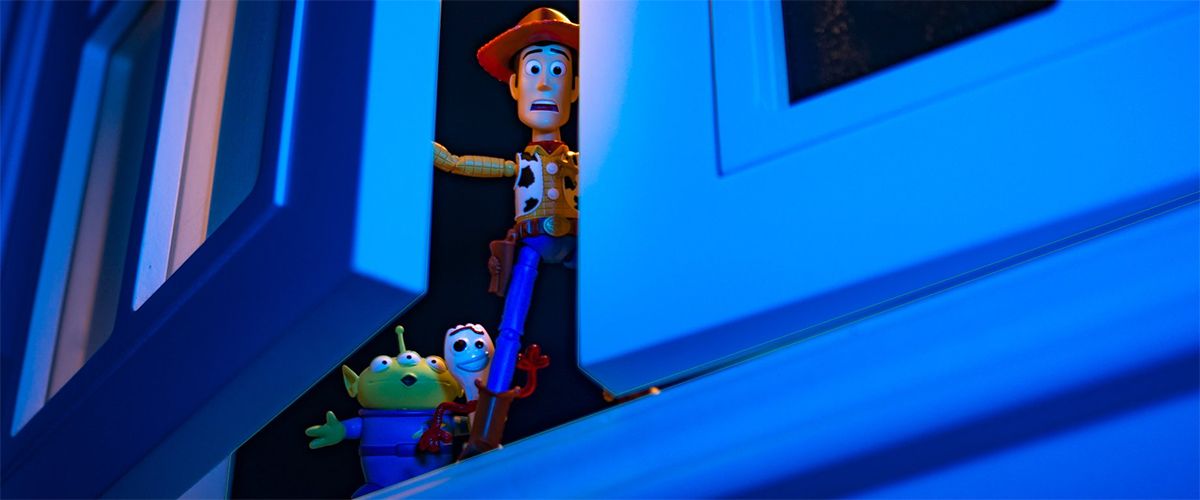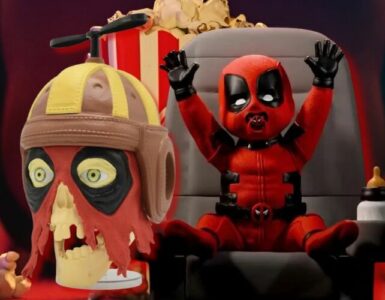Toy photography as a hobby is nothing new – you only have to take a look at our other feature articles covering the topic to know that. But what makes the hobby so much fun is that each toy photographer is different – they have developed their own style, use their own unique sets of toys, and edit their photos differently, resulting in a myriad of interesting and fun photos for anyone to look at.
Ken Loh, 43-years-old, is not only a toy photographer but also a lecturer teaching 3D animation in LASALLE College of the Arts, Puttnam School of Film and Animation, which means he uses many of the same skills and techniques he has mastered when doing animation, as when he is shooting his toys.
He first picked up the hobby eight years ago while working in Japan, after turning his attention from street and scenery photography to the toys he had been collecting. According to Ken, he is mainly inspired by the process of bringing inanimate objects to life when shooting his photos.
“When I take toy photos, I find myself constantly applying the same skills and techniques I use in animation such as posing, lighting, composition and story-telling,” shared Ken.
Nostalgia is also an important source of inspiration for Ken, who says, “Many of my toy photos are taken with toys from the cartoons and shows that I grew up with in the 80s.”
“There was a friend who came to my house once, and when he saw my toy collection for the first time, he said he felt an immense sense of happiness just by looking at the toys. He’s about the same age as me so he recognized most of the toys I have in my collection.”
Of the many photos that Ken has taken in the eight years he has been in the hobby, his favourite remains the Toy Story photo featuring Woody, Forky, and a Little Green Man. According to Ken, there are so many possible ideas one can come up with using the toys from Toy Story in toy photography (try saying that three times fast).
For that particular shot, Ken said that he had fun coming up with a backstory to the photo that will fit the expressions on the faces of the figurines. That shot was also special, in that it was also the first time he used RGB lights in a night scene.
“I had to ask myself why Woody had that concerned facial expression when he opened the window, whereas Forky and the Little Green Man looked rather excited,” explained Ken. “I was glad I managed to come up with an answer. It was also the first time I tried lighting a night scene with RGB light and I am quite happy with the result. Also, some people who saw it the first time thought it was a still from the film, so the feedback was quite encouraging.”
Another photoshoot that stuck with Ken was one involving a mini arcade machine he bought, and his Teenage Mutant Ninja Turtle figurines.
“I bought a mini arcade machine that comes with over a hundred games, without knowing what the games are inside. It turned out that it has the TMNT game and you can play Leonardo against Shredder in one of the stages. Coincidentally, I have these 2 figurines in my collection. So I shot a photo with them playing that game, against each other on the arcade machine.”
His photo of Leonardo and Shredder was so well received that it even got featured on the official Instagram channel of Netflix’s Toys That Made Us, a series that Ken also happens to be a big fan of.
As an indoor photographer, Ken finds himself not being affected too badly by the circuit breaker measures though that is not to say that he doesn’t face challenges when trying to shoot his toys.
Trying to find a suitable background or diorama for his shoots is one of the main challenges the LASALLE college lecturer faces. Though he does manage to find a solution using various objects around his house, or with a photo on his computer screen.
“Good and detailed dioramas can be expensive especially if you include the shipping costs from overseas. If you have the patience and artistic flair, you can build one from scratch but it will take time,” shares Ken.
“Using a photograph on the monitor as the background or shooting outdoors are also possible solutions. But sometimes, I will try to look around the house for any household items that I can use to double as dioramas. For example, I have used my cats’ carrier as a hangar and my mini plastic drawers as background buildings in some of my photos.”
Another tip Ken gives to those trying to find the perfect background for their toys is to play around with your camera angle or shoot with a more shallow depth of field, so that the items in the background will appear blurry.
Here are Ken’s three biggest tips for those looking to get into the hobby:
- You can try applying the concept of “line of action”, which is a figure drawing concept often used in animation.
Basically, you imagine a line that runs through the spine and the main body parts of the figurine which you use to create a pose. If you pose your figurine such that the line forms a curve and conveys a clear sense of direction, it will make your pose more clear, dynamic and appealing to look at.
- Be sure to choose the right camera angle and lighting that shows off the silhouette of your figurine clearly.
When the silhouette is clear, you can read the gestures better. One principle I always observe is “Less is more”. It basically implies you need to have a clear focal point in your photo, and not include any unessential elements that distract you from it. If you are using any background or props, think about how you can arrange them in a way that will lead your audience eyes to the main focal point and not away from it. This can be applied to lighting as well. Your poses will read better if you cast a strong rim light on the back of your figurine, especially for dark or night scenes, where you don’t want them to blend in with the background.
- Make sure your photo both tells a story and entertains, that your photo has something interesting to offer its viewers.
For example, I like to do cross-over shots where I take unrelated figurines or props and put them together in the same universe. This helps create an element of surprise and it will work very well if you combine it with humour. But for it to work well, they should share a common theme, so it’s not just any random figurines and props together.













